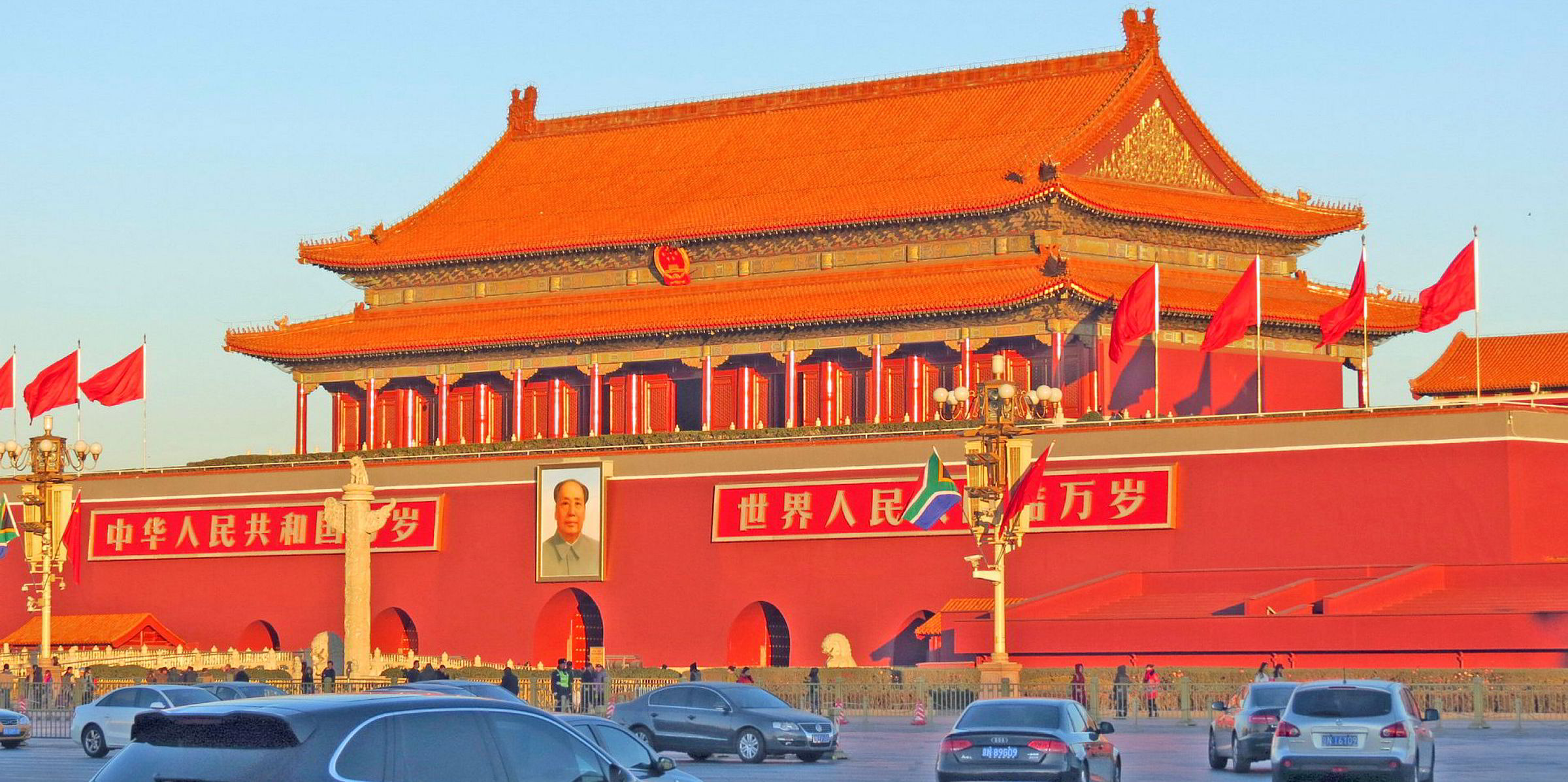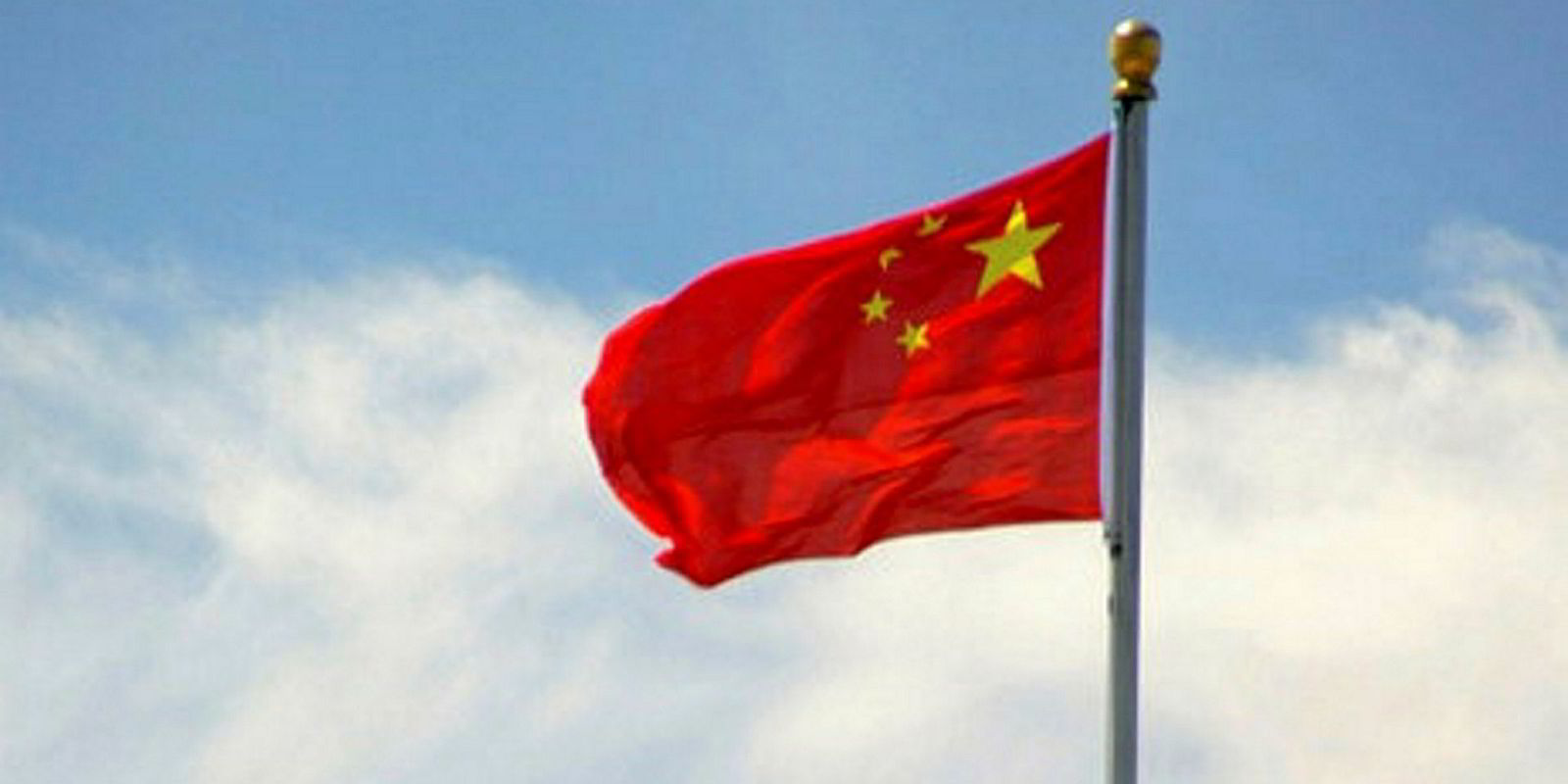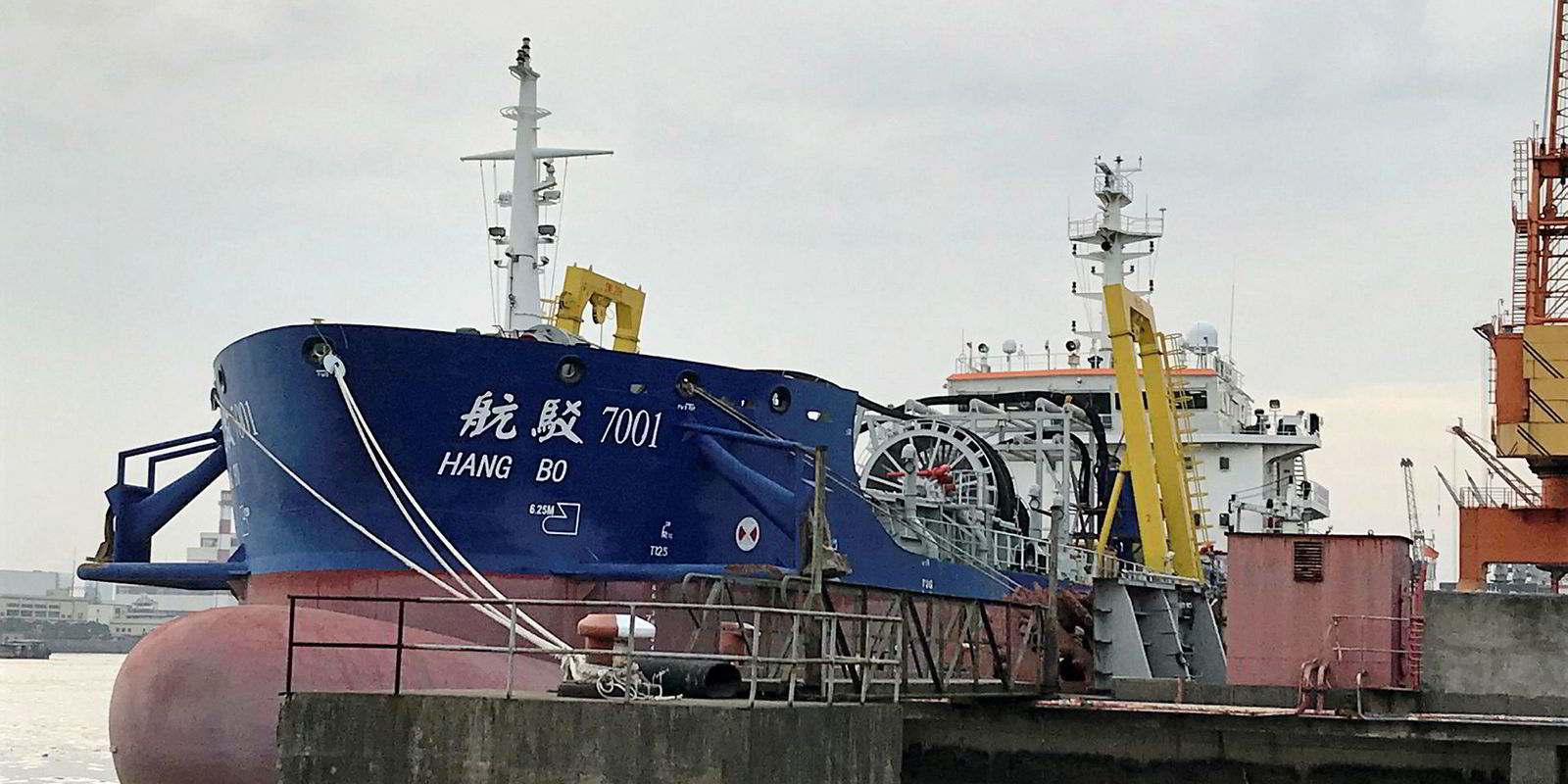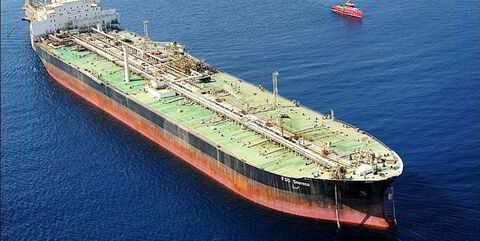China’s Ministry of Transport has presented a bearish outlook for coastal shipping markets in 2019, saying oversupply is likely to plague bulker, boxship and tanker earnings.
In a web report, the ministry predicted that Chinese coastal dry bulk shipping demand would experience continued decelerating growth with macroeconomic uncertainty and a shift away from coal-fired power plants.
“At the same time, we had a large number of newbuilding deliveries earlier, and the market will struggle to absorb the tonnage in the short term,” the ministry said.
As of end-December, China’s coastal bulker fleet was composed of 1,832 vessels of 62.5 million dwt, up 13.1% from the year-ago level. Imported secondhand tonnage accounted for 40% of incremental capacity.
“We will see a wider gap between coastal shipping supply and demand [in 2019], so there is a strong possibility of weakening rates,” the ministry added.
As for container shipping, China’s coastal market encountered falling rates for much of last year, with large newbuilding tonnage outweighing incremental shipping demand related to containerised coal and grains.
According to government data, growth in coastal box volume increased by 7.9% in 2018, up 1.4 percentage points from 2017. The Chinese coastal boxship fleet consisted of 252 vessels of 700 teu or above as of end-December, and their total capacity reached 716,000 teu.
“We can see the newbuilding tonnage partially absorbed as domestic trade volume continues to grow amid the trend of further containerisation,” the report said.
“But we see cascading effects from the oversupplied tonnage in international markets. So the domestic market will still be oversupplied and rates will likely stay low.”
China’s coastal crude and product tanker markets were largely stable in 2018. The coastal fleet was composed of 1,296 oil tankers with 10.2 million dwt in end-2018, little changed on year, official data showed.
However, the ministry expected coastal crude shipping volume to fall below 70 million tonnes in 2019, with lower domestic production and more pipeline projects commissioned. The volume was at 70.4 million tonnes in 2018.
With lacklustre demand from end-users curbing shipping requirement, the ministry predicted coastal shipping rates for refined products would stay largely stable despite higher domestic production.
The Chinese government is relatively more optimistic over coastal gas and chemical shipping and cross-straits transport.
China’s coastal fleet consisted of 288 chemical tankers with 1.3 million dwt as of end-December, up approximately 6% year-on-year. 72 gas carriers with 247,900 dwt were in the fleet, not much different from the year-ago level.
“As more major petrochemical complexes begin production, we will see more shipping demand for chemical and gas products, though the demand growth could be limited,” the ministry said.
“The market will be generally stable. We see more stainless-steel ships and high-end chemical and gas carriers come into the trading fleet.”
China-Taiwan box trade amounted to 2.2 million teu in 2018, down 2.1% from 2017. However, the Chinese government expected a growth rate of 10% this year with more movements of agriculture and industrial products.





